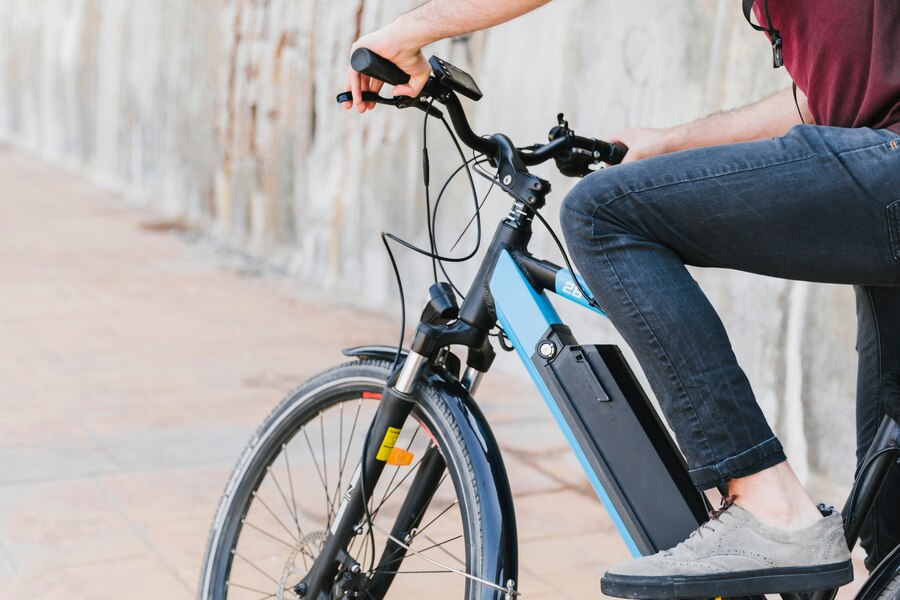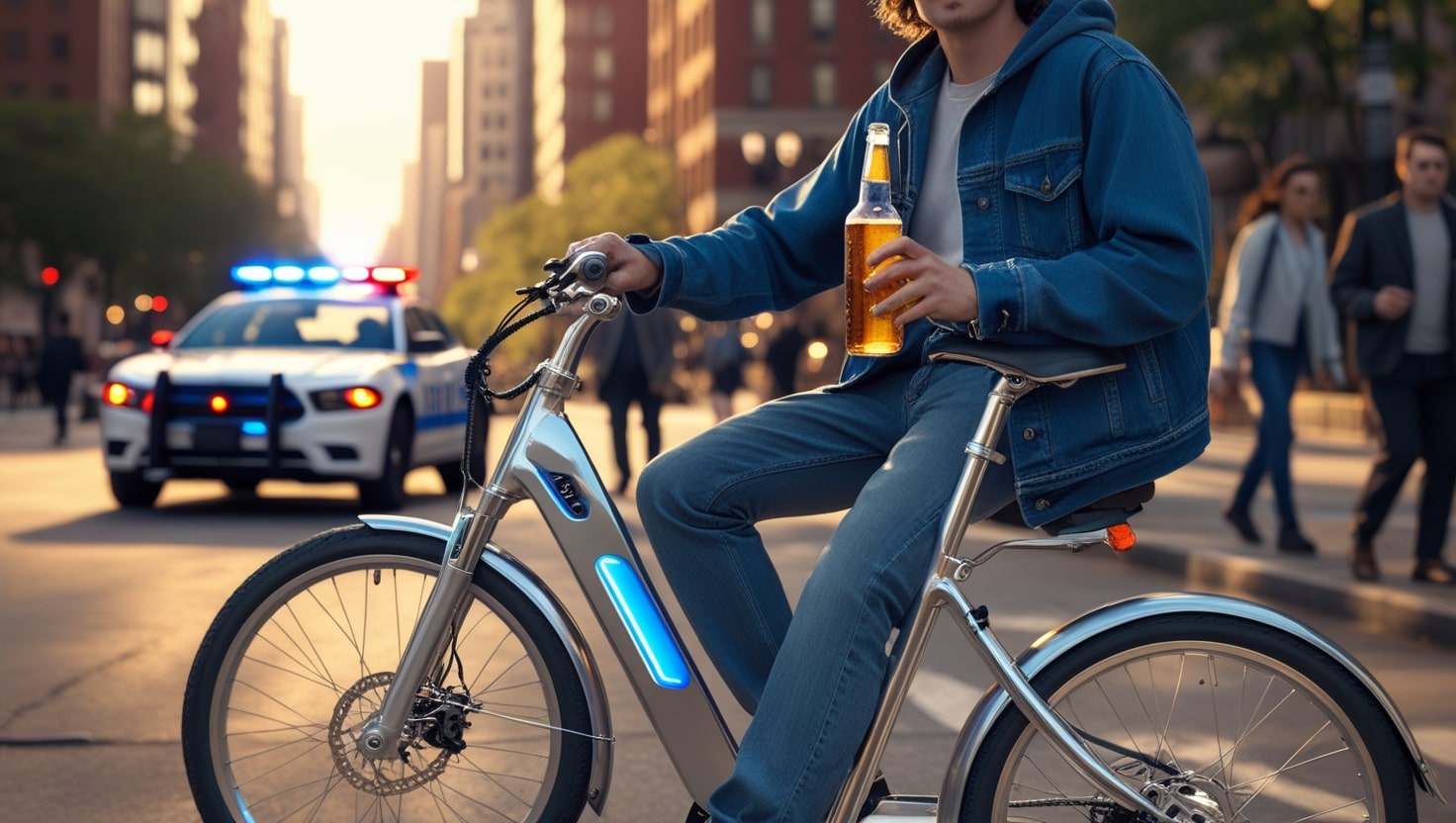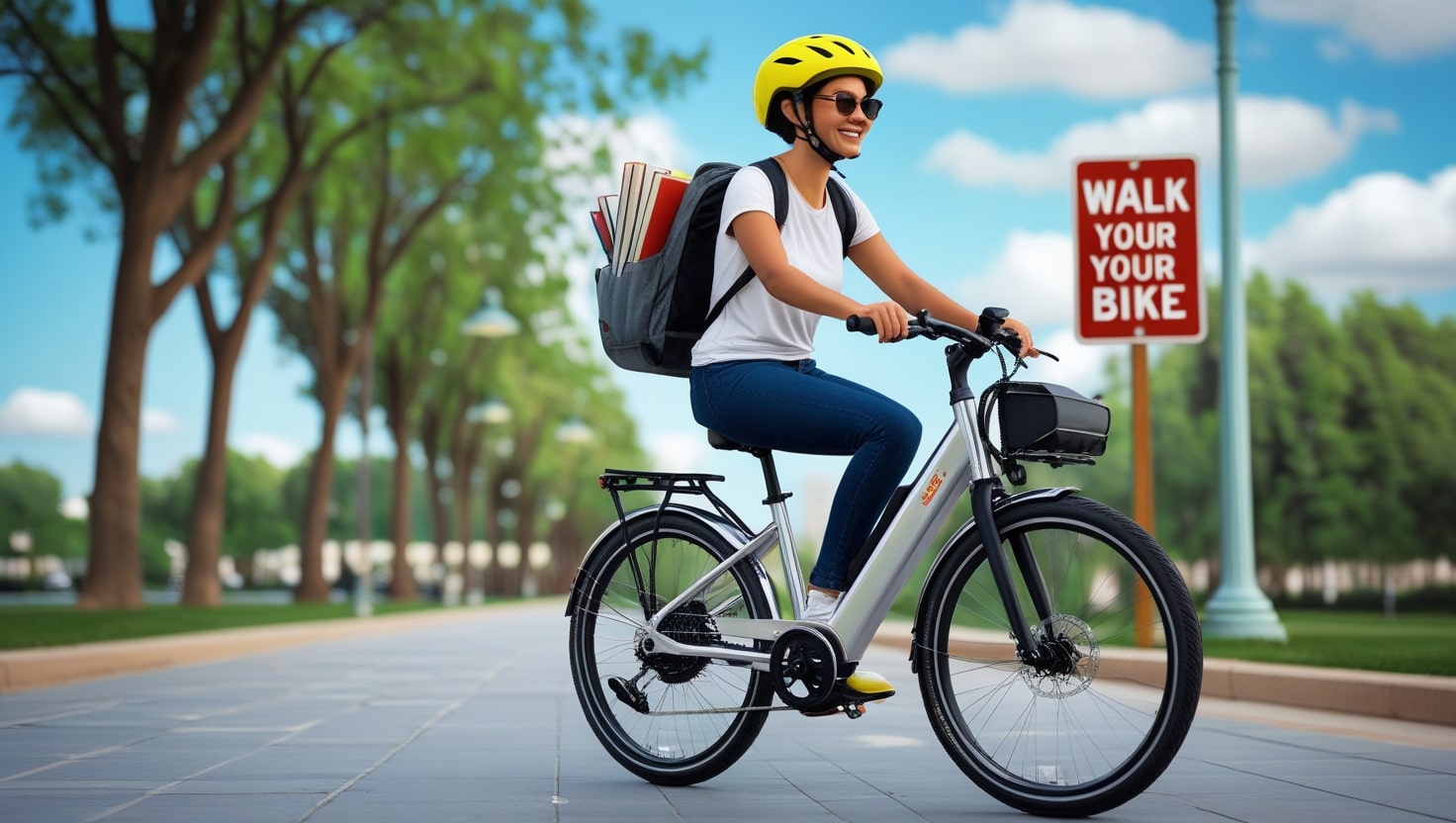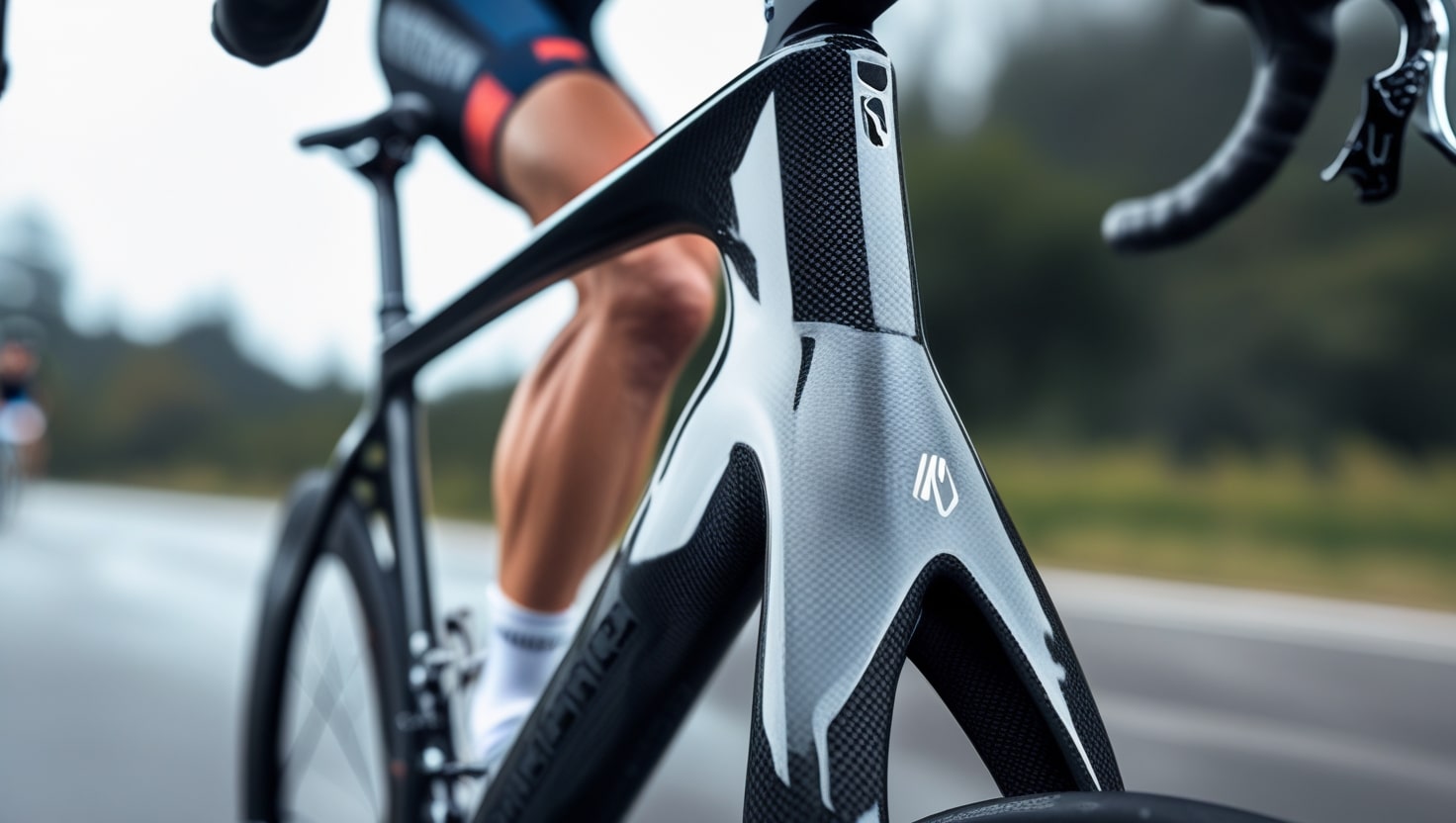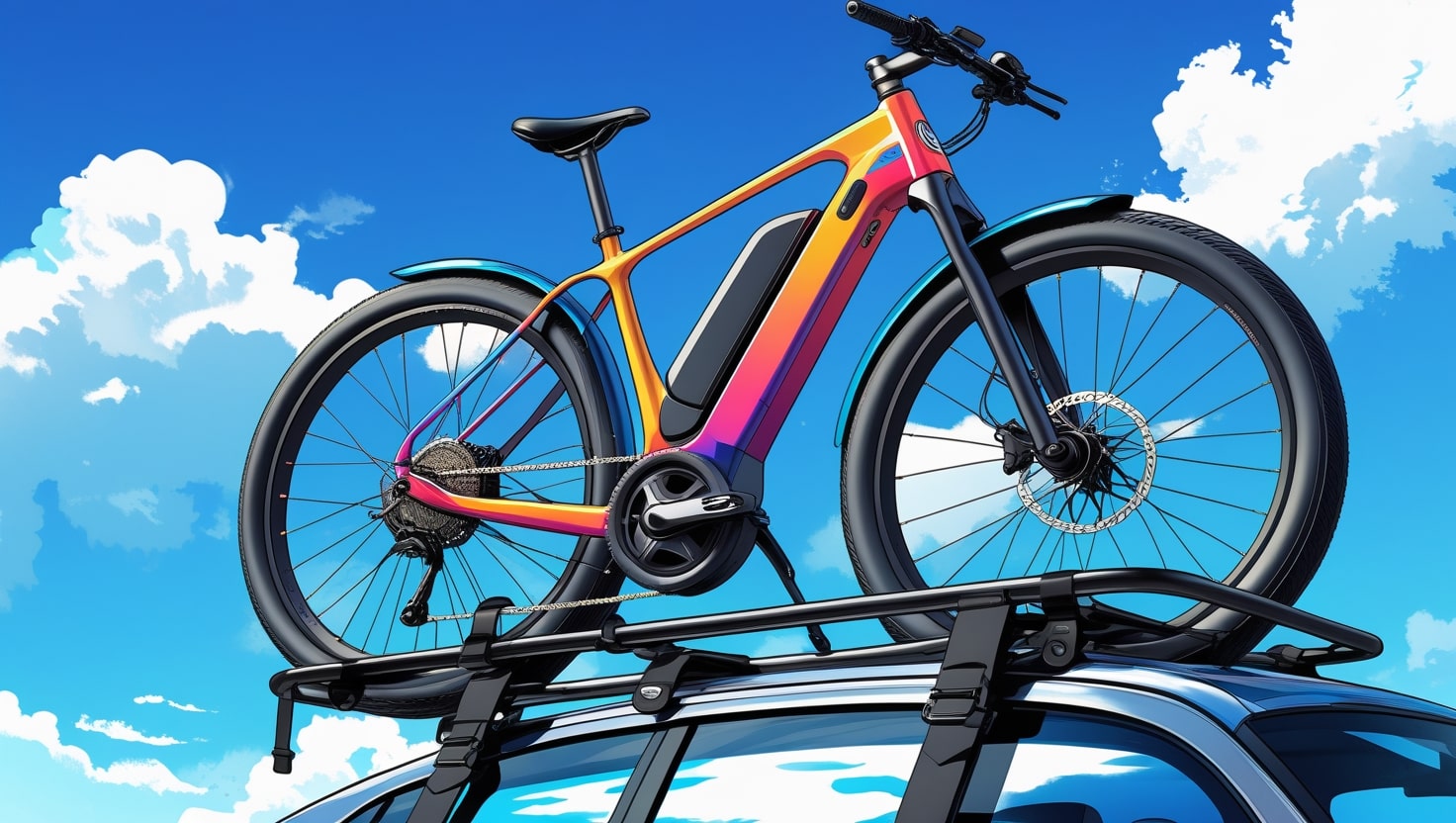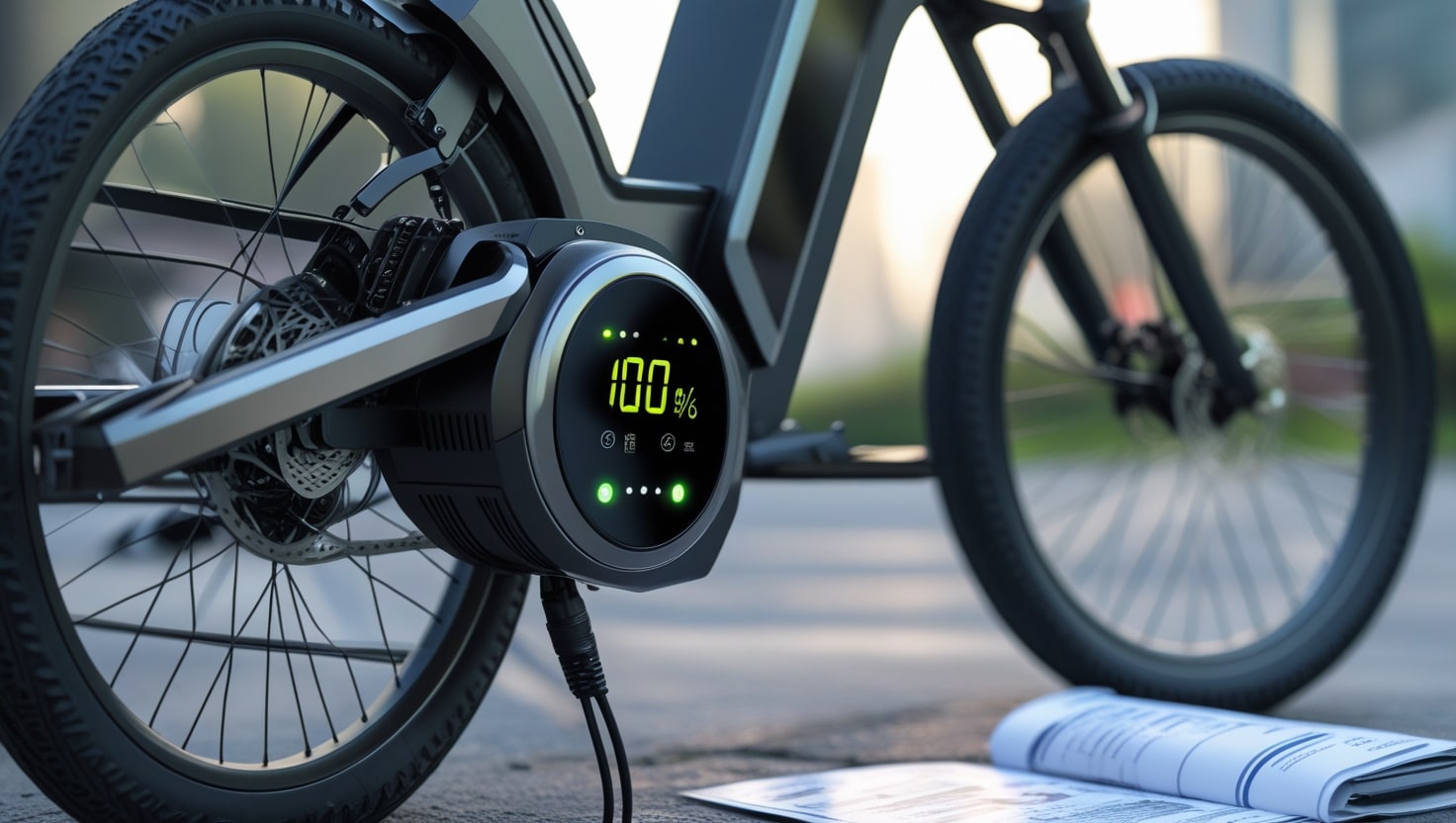Riding electric bicycles in Massachusetts has become easier and safer thanks to updated laws designed to facilitate their use while prioritizing safety and compliance. These laws act as a guide to help riders confidently navigate the streets and trails across the state, ensuring everyone rides legally and responsibly. Whether you’re a seasoned rider or new to ebikes, understanding Massachusetts electric bike laws empowers you to explore with peace of mind. Massachusetts’ commitment to these policies reflects the growing need for eco-friendly travel options, blending convenience with responsibility.
Related: Colorado Ebike Laws
Current Massachusetts Electric Bike Laws
On August 10, 2022, Massachusetts introduced new e-bike laws as part of amendments to the Transportation Bond Bill (H.5151). These laws, effective 90 days after being signed on November 8, 2022, clarified the definitions of e-bikes, ensuring consistency and safety across the state. The law defines Class 1 and Class 2 bicycles, outlining how their motors operate and where they are permitted.
Classifications of E-Bikes:
- CLASS 1: A motorcycle equipped with a motor that activates assistance exclusively when the rider is pedaling. The motor ceases assistance when the e-bike reaches 20 mph and has an electric motor rated at 750 watts or less.
- CLASS 2: A bicycle equipped with a throttle-actuated motor that also ceases assistance at 20 mph, with an electric motor rated at 750 watts or less.
Note: MassBike is committed to adding the Class 3 definition to align Massachusetts laws with federal standards and regulations established by the Department of Conservation and Recreation.
Regulations
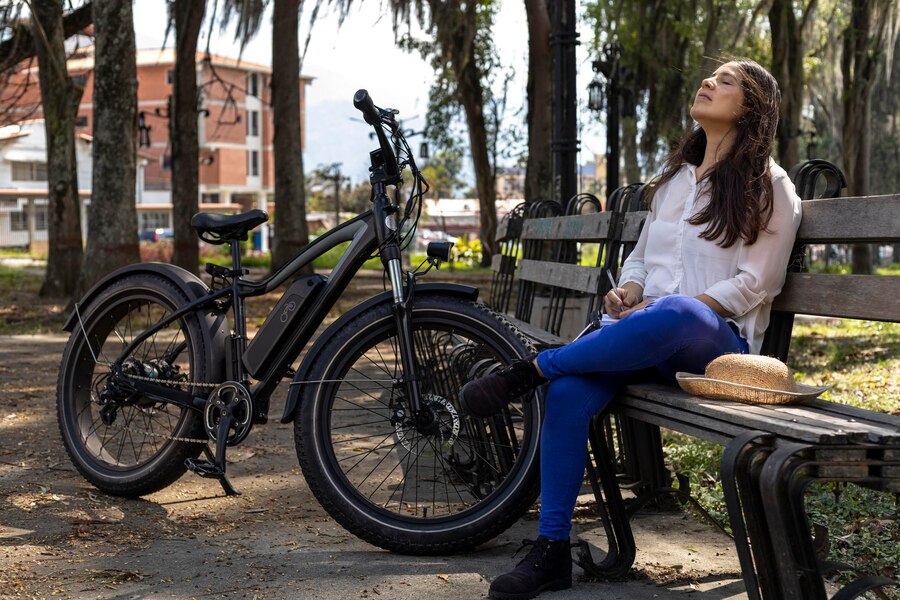
E-bike riders in Massachusetts enjoy the same rights and privileges as other bicycle riders, with some exceptions. For instance, e-bikes are not allowed to be ridden on sidewalks, maintaining safety for pedestrians. Both Class 1 and Class 2 electric bicycles are not considered motorized bicycles under MA law, meaning there is no license required to ride them. These bicycles are permitted on bikeways and bike paths, but local authorities may choose to regulate or prohibit their use after issuing a public notice and holding a public hearing.
However, e-bikes are generally prohibited on natural surface trails, such as mountain bike trails, unless explicitly permitted by a local jurisdiction. These rules ensure that e-bike riders can enjoy their journeys responsibly while respecting the designated spaces for other users.
Local Regulations and Compliance
State laws provide a basic framework for managing ebikes, but local jurisdictions have the authority to tailor regulations to meet specific needs and conditions. For example, some bike paths may prohibit ebikes or impose specific speed limits to enhance safety. This local flexibility ensures that communities can address concerns and navigate geographical challenges unique to different areas of the state, allowing for a balanced approach to compliance and usage.
Safety and Equipment Standards
Safety is a top priority under Massachusetts’ ebike legislation, ensuring that all ebikes meet the same equipment and manufacturing standards as traditional bicycles set by the U.S. Consumer Product Safety Commission. Starting January 1, 2023, all new ebikes must display a label showing their class, maximum assisted speed, and motor wattage. Modifying an ebike to change speed capabilities is prohibited unless the label is updated to reflect these changes, promoting accountability and compliance across riders.
Singletrack and More
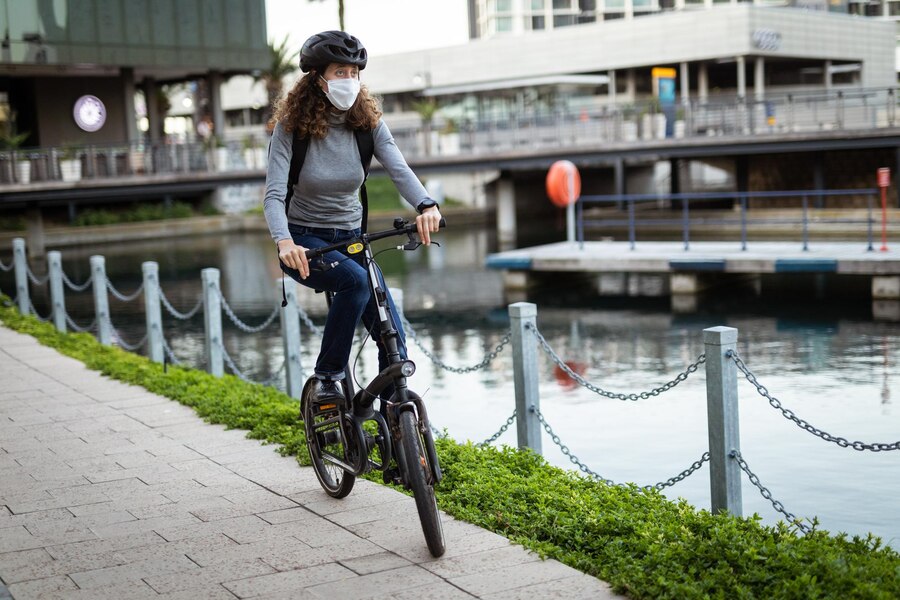
Massachusetts offers plenty of ways to explore its natural beauty, but the use of e-bikes on trails comes with specific rules. Ebikes are generally not permitted on natural surface trails, such as those designed for mountain biking, unless explicitly allowed by the local jurisdiction. These restrictions keep the path clear for traditional non-motorized use unless a community decision opens the area to motorized vehicles. However, on designated areas like an OHV trail, your ebike would be permitted if the area is open to such use.
eMTB GUIDELINES
- e-mountain bike (eMTB) access on federal, state, county, and local trails varies significantly.
- Any natural surface trail that is designated as open to both motorized and non-motorized uses is generally open to eMTBs.
- eMTBs are not allowed on trails managed exclusively for non-motorized activities.
- Always ride legally on authorized trails to show that mountain bikers are responsible trail users.
- Avoid riding in areas where local rules are unclear, and when in doubt, ask your local land manager about access to specific trails.
- Be aware that local land rules can change frequently, so staying updated is crucial.
GREAT eMTB RIDES IN MASSACHUSETTS
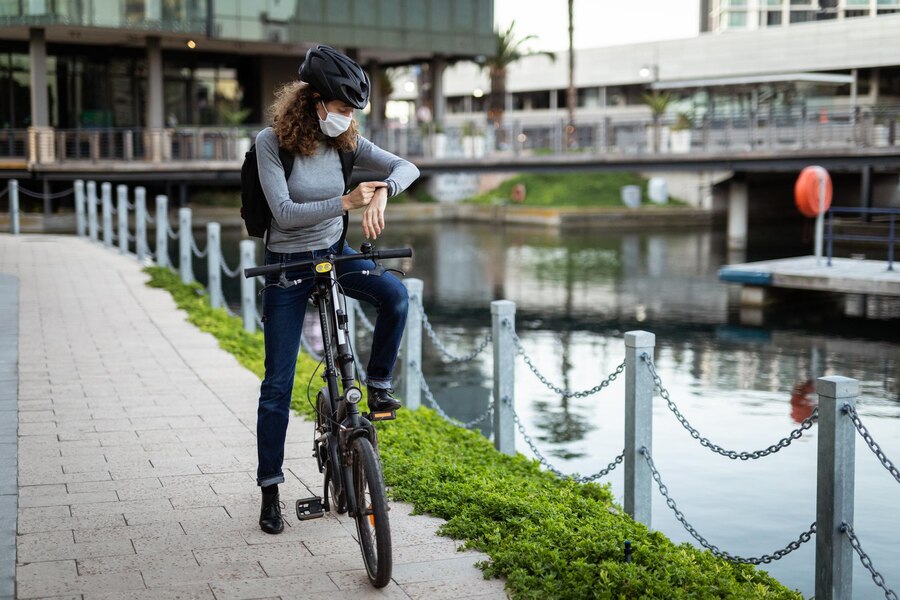
Pittsfield State Forest spans over 10,000 acres along the Taconic Ridge and offers a variety of trails for mountain bikers of all skill levels. It features scenic singletrack trails, including the Taconic Skyline Trail, which is perfect for both casual rides and challenging adventures. With added amenities like camping facilities, it is a great spot for extended outdoor activities.
October Mountain, the largest state forest in Massachusetts, covers 16,500 acres and provides trails suitable for eMTB riders. It offers a mix of easy, family-friendly rides and more demanding routes. Beyond biking, it includes recreational activities like hiking, boating, and camping, enhancing the overall biking experience with its natural beauty and extensive facilities.
Massachusetts Electric Bike Rebates
A recent e-bike policy in the state introduces rebates to encourage e-bike purchases, funded by the Transportation Bond Bill with $1 million allocated for this purpose. Consumers can claim $500, while low-income consumers are eligible for $750 when buying e-bikes. These rebates are planned to be available at point-of-sale through Massachusetts-based retailers. The specifics of this rebate program, including the official launch date, are being finalized by the Department of Energy Resources to ensure accessibility and effectiveness.
Massachusetts Electric Bike Laws FAQ
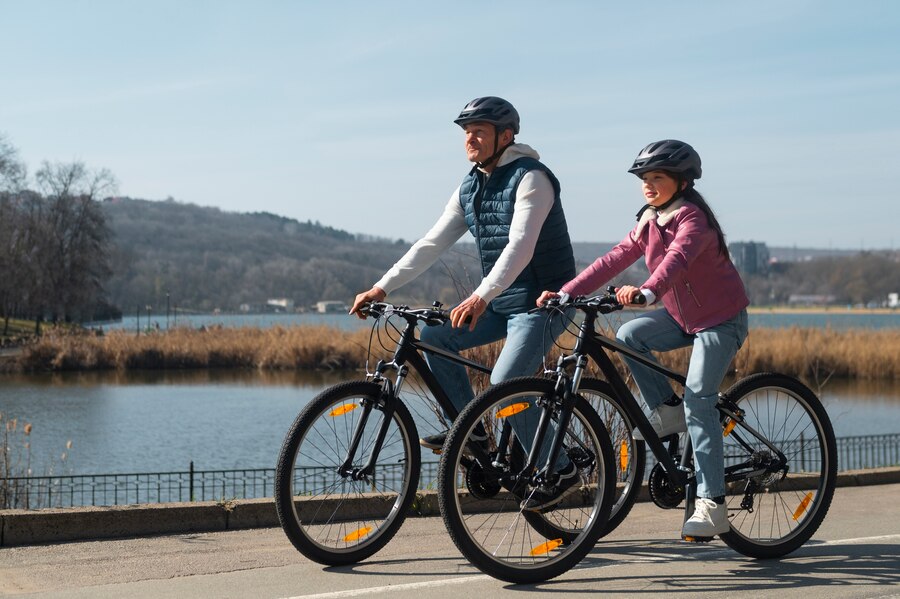
Do I need a license to ride an e-bike in Massachusetts?
The answer is no—you don’t need a license to ride an e-bike in Massachusetts! Both Class 1 and Class 2 electric bicycles are not considered motorized bicycles under MA law, meaning there is no license required to enjoy your ride.
Where can a ride an e-bike in Massachusetts?
- You can ride an e-bike almost anywhere you would ride a traditional bicycle.
- Allowed on roadways and in bike lanes, offering easy and safe access for riders.
- Allowed on bike paths and paved trails, except where prohibited by local jurisdictions (always check for signage!).
- Not allowed on sidewalks to maintain pedestrian safety.
- Not allowed on natural surface trails, unless specifically allowed by local jurisdictions (check for signage in these areas).
Can I ride an e-bike on sidewalks?
The simple answer is no—you cannot ride e-bikes on sidewalks in Massachusetts. This rule ensures pedestrian safety and keeps public spaces clear for walking. While riding is not allowed on sidewalks, you can enjoy your e-bike on designated bike paths and roadways instead.
Can I ride an e-bike on my local bike path?
Yes, under Massachusetts law, e-bikes are generally allowed on bikeways and bike paths. However, a local jurisdiction may choose to regulate or prohibit their use on certain bikeways or bike paths. This decision typically follows a public notice and public hearing process. To ensure compliance, always check for signage in the area before you ride, as some paths might be prohibited for e-bikes.
Can I ride an e-bike on local natural surface trails (mountain bike trails)?
In Massachusetts, e-bikes are generally not allowed on natural surface trails unless they are specifically permitted by the local jurisdiction or land owner. It’s important to check regulations for the specific trail you wish to ride before you go to ensure compliance.
Do You Have to Wear a Helmet on an Electric Bike?
While Massachusetts law does not explicitly require helmet use for e-bike riders over the age of 16, ChiceBike strongly recommends wearing one for safety reasons. A helmet can greatly reduce the risk of head injuries in the event of an accident, making it a wise choice for all riders, regardless of age or experience level.
Do You Need to Register Your E-Bike in Massachusetts?
Unlike traditional motor vehicles, low-speed e-bikes in Massachusetts don’t need to be registered. This means you can enjoy the benefits of electric biking without the hassle of dealing with registration, paperwork, or fees. However, it’s important to ensure your e-bike complies with state regulations for speed and operation, so you can ride safely and legally.
Are E-Bikes Allowed on Cape Cod Bike Trails?
Yes, electric bikes are permitted on many of Cape Cod’s scenic bike trails, allowing cyclists to explore the natural beauty of the region with ease. However, it’s essential to be aware of specific rules and restrictions. For example, some trails may be hazardous, so you’re encouraged to walk your bike through tunnels. Additionally, the use of e-bikes is prohibited on beaches and dunes, and riders must always obey traffic laws to ensure a safe experience.
What are the financial incentives for buying an electric bike in Massachusetts?
Unlike traditional motor vehicles, low-speed e-bikes in Massachusetts don’t need to be registered. This means you can enjoy the benefits of electric biking without the hassle of dealing with registration, paperwork, or fees. However, it’s important to ensure your e-bike complies with state regulations for speed and operation, so you can ride safely and legally.
What classes of electric bikes are recognized in Massachusetts?
In Massachusetts, e-bikes are divided into specific classes to clarify how they operate and where they are allowed. Understanding these classes ensures compliance with state regulations while enjoying your ride. Efforts are currently ongoing to include Class 3 e-bikes in the regulations to align with federal definitions.
- Class 1: These e-bikes provide assistance only when the rider is actively pedaling. When the bike hits 20 mph, the motor stops assisting.
- Class 2: These e-bikes are equipped with a throttle that allows the rider to move without pedaling. The motor stops providing assistance at 20 mph.
Class 1 and Class 2 e-bikes must have an electric motor with a maximum rating of 750 watts and are permitted on bikeways and bike paths, except where prohibited by local regulations.
General E-Bike FAQ
What other states use the classification system in this bill?
Several states have adopted the same classification system as outlined in this bill, ensuring uniformity in e-bike regulations. These states include Michigan, Illinois, Connecticut, Arizona, Washington, Tennessee, Arkansas, Colorado, Utah, and California.
Why is the top speed for Class 3 e-bikes 28 MPH?
The top speed of 28 MPH for Class 3 e-bikes is designed to meet uniform product standards between the US and European markets. In Europe, bikes with a speed of 45 kph (or approximately 28 MPH) are classified as “speed pedelecs.”
Related: Missouri Ebike Laws
How Are Class 3 E-Bikes Legal if the Federal Definition Says 20 MPH?
The federal definition of an e-bike sets the top speed at 20 MPH, but this threshold applies only when the bike is operated solely under motor power. Most e-bikes are ridden using a combination of human and motor power, and the federal rules do not specify a maximum assisted speed in such cases. The Class 3 definition clears this ambiguity by setting the limit at 28 MPH for assistance, ensuring clarity and consistency in regulations.
Can e-bikes be safely operated on bike paths?
Researchers from the University of Tennessee have observed that e-bike riders show similar safety behavior to riders of regular bikes and traditional bicycles. Most importantly, e-bike riders traveled at speeds identical to human-powered bicycles. They rode slightly faster on the road (+1.8 mph) but were actually slower on bicycle paths (-1 mph).
Why Aren’t E-Bikes Regulated at the Federal Level?
Since 2002, e-bikes have been regulated federally as consumer products, with a focus on product safety. However, federal regulations do not specify where e-bikes can be ridden or the rules of the road that govern their use. Instead, these matters fall under state law, allowing for localized solutions.
Similar to other emerging technologies like segways, autocycles, and commercial quadricycles, states create traffic laws to address these devices and ensure they fit into existing streets and traffic systems. While the federal government can intervene in rare situations, leaving this responsibility to the states helps adapt regulations to unique local needs.
Related: Washington State Ebike Laws
How can anyone tell what an e-bike is?
As e-bikes become increasingly difficult to distinguish from regular bicycles, the labeling requirement in the model bill serves as a proactive measure by the industry. This ensures that law enforcement or land managers can easily identify whether a bicycle is indeed an e-bike and quickly determine its type. This labeling system makes it simpler to assess and regulate the use of different e-bike classes.
Can E-Bikes Be Tampered With?
Like other mechanized or motorized devices, it is possible for a user to tamper with an e-bike. The model bill includes a tampering provision that places the onus on the owner to ensure the bike remains properly labeled. If someone tampers with an e-bike to create a machine that travels faster than the specified classifications, they may be operating an unlicensed or unregistered vehicle and could be subject to applicable penalties. This regulation ensures safety and compliance with e-bike classifications.
Who is the typical purchaser of an e-bike?
People of all ages purchase and use e-bikes, but they are especially popular among older adults and baby-boomer purchasers. Parents often choose e-bikes to carry children as passengers or transport cargo, offering a practical alternative to cars. Many buyers prefer the purchase of an e-bike over a car for its convenience, efficiency, and eco-friendly benefits.
Related: Rhode Island Ebike Laws
How many e-bikes are sold each year in the U.S.?
Each year, approximately 260,000 e-bikes are sold in the U.S., making them a fast-growing segment of bicycle sales. With an impressive 75% year-over-year growth, e-bikes are becoming a popular choice for many due to their convenience and versatility.
How much do e-bikes cost?
Entry-level e-bikes typically start at around $1,500, offering an affordable way to enjoy the benefits of electric biking.
Why distinguish between class 1 and class 2 e-bikes in the bill if the rules are the same?
The distinction between class 1 and class 2 e-bikes in the bill allows for greater local flexibility. Some municipalities have demonstrated interest in prohibiting throttle-powered e-bikes from certain types of infrastructure. This flexibility ensures that local communities can take measures to address their specific needs and implement rules as desired at the local level.
Does the rider have to be pedaling for the e-bike's motor to be engaged?
It depends on the type of e-bike. For class 1 and class 3 e-bikes, the rider must be pedaling for the motor to stay engaged. However, with class 2 e-bikes, the motor can propel the e-bike without the rider needing to pedal, offering more flexibility for different riding preferences.
Related: Indiana Ebike Laws

